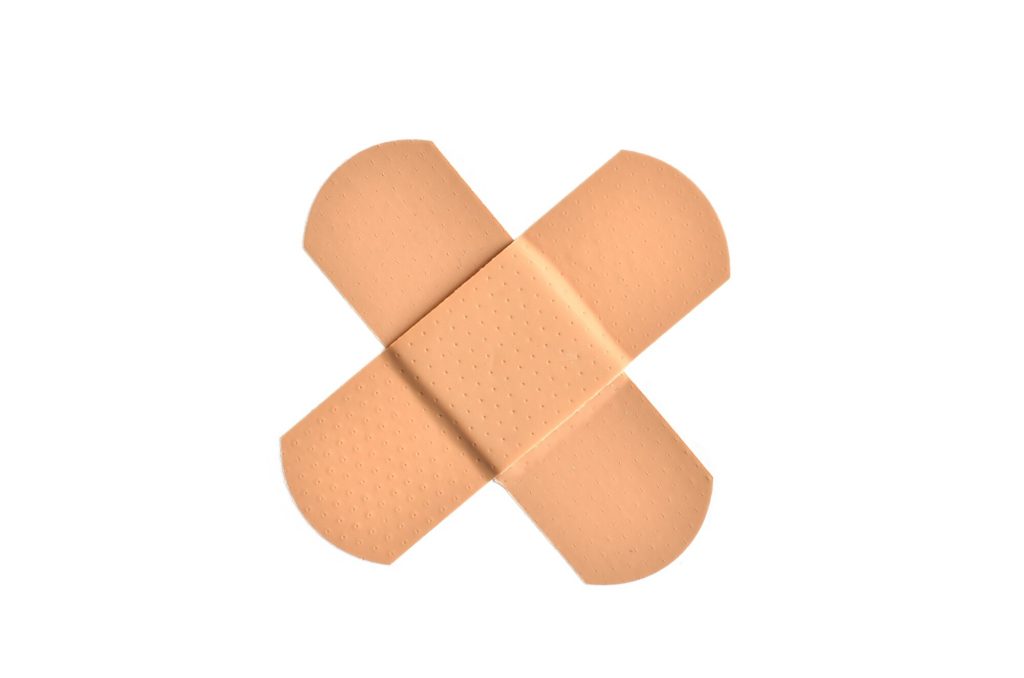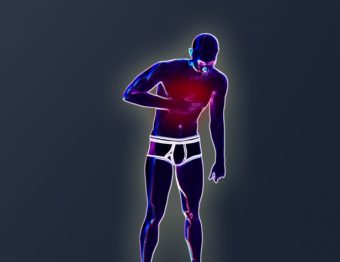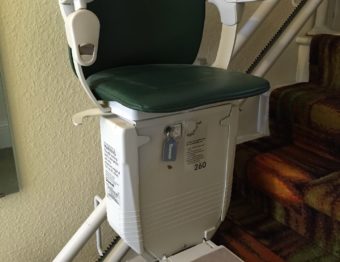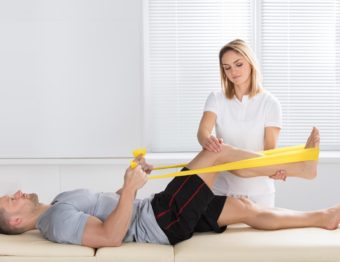 At first glance, it may seem like a silly question.
At first glance, it may seem like a silly question.
You may wonder, what is so hard about putting on a band-aid? The truth is, it isn’t hard at all, but certain types of band-aids require special instructions.
Since there are several first aid kit band-aid uses, we’re going to show you a few. Pretty soon, you’ll be bandaging up cuts and bruises like a pro.
Types of Band-Aids
Most of us are familiar with a traditional band-aid. It’s woven and stretchy on the outside and sticky on the inside. All there is to it is sticking it on.
There are other types of band-aids too, like compression, gauze, triangular, butterfly, and tube bandages. Each is made of its own material and serves its own purpose. We’ll review a few of them below.
How to Use a Butterfly Band-Aid
When learning how to properly use a band-aid, it’s important to choose the best one for your needs.
Butterfly band-aids serve as a substitution for stitches. These long, adhesive band-aids are great for shallow, straight wounds. Avoid them for deeper, more jagged cuts.
To apply a butterfly bandage, pinch the cut closed with your fingers. Then spread the bandage perpendicularly across the middle of the cut.
Apply more butterfly band-aids to the left and right of the first one. They should be one-eighth of an inch apart.
To ensure the bandages stay in place, apply two more butterfly bandages above and below the cut. They should run parallel to the cut so the bandages have formed a grid-like shape.
How to Use a Compression Bandage
Made of a stretchy material, compression bandages help relieve sprains or strains. When wrapped tightly, they slow blood flow and quell swelling.
To use a compression bandage, wrap it around the leg or arm. Be sure to let about an inch of the bandage overlap with each rotation around the limb. Then secure it with a fastener.
If you’re wrapping an ankle, be sure to loop the bandage in a figure-eight around the ankle and the heel. Keep going until the bandage reaches the ball of the foot.
The bandage should feel snug but not too tight. You should also make sure to start with the roll facing upward.
How to Use Gauze
For wounds with a heavier blood flow, use a gauze pad big enough to cover the wound. While holding it in place with one hand, secure the four edges of the gauze with medical tape.
This type of band-aid is not only simple to use but versatile. No matter how big the wound, you can rely on gauze to keep cuts clean and prevent infection.
If you’re running out of band-aids, shop for refills here: https://firstaidsuppliesonline.com/product-category/first-aid-kits/first-aid-kit-refills/.
Learn How to Properly Use a Band-Aid
Band-aid use is an important skill for every person, whether you’re a medical professional or not. What’s equally as important is knowing what kind of band-aid to use in every situation.
No matter the kind of injury you or a loved one sustains, start learning how to properly use a band-aid today.





